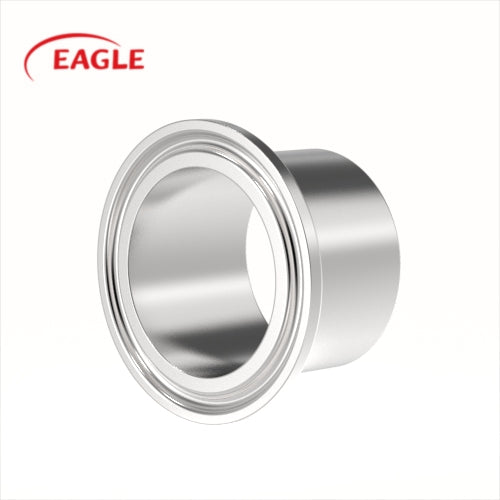
# Stainless Steel Fittings: Essential Components for Durable and Corrosion-Resistant Systems
Stainless steel fittings are indispensable components in various industries, offering unparalleled durability and resistance to corrosion. These fittings are widely used in plumbing, chemical processing, oil and gas, and many other sectors where reliability and longevity are paramount.
## The Advantages of Stainless Steel Fittings
One of the primary benefits of stainless steel fittings is their exceptional resistance to corrosion. Unlike other materials, stainless steel can withstand harsh environments, including exposure to chemicals, saltwater, and extreme temperatures. This makes them ideal for applications in marine environments, chemical plants, and food processing facilities.
Additionally, stainless steel fittings are known for their strength and durability. They can endure high pressure and mechanical stress without compromising their integrity. This robustness ensures that systems remain operational and leak-free, reducing maintenance costs and downtime.
## Types of Stainless Steel Fittings
There are various types of stainless steel fittings available, each designed for specific applications. Some of the most common types include:
– **Elbows**: Used to change the direction of flow in a piping system.
– **Tees**: Allow for the branching of pipelines into multiple directions.
– **Couplings**: Connect two pipes together in a straight line.
– **Reducers**: Used to connect pipes of different diameters.
– **Caps**: Seal the end of a pipe, preventing the flow of fluids.
Each type of fitting is engineered to meet specific requirements, ensuring optimal performance in various systems.
## Applications of Stainless Steel Fittings
Stainless steel fittings are utilized in a wide range of applications due to their versatility and reliability. Some of the key industries that rely on these fittings include:
– **Plumbing**: Stainless steel fittings are commonly used in residential and commercial plumbing systems due to their resistance to rust and corrosion.
– **Chemical Processing**: The ability to withstand corrosive chemicals makes stainless steel fittings essential in chemical plants.
– **Oil and Gas**: In the oil and gas industry, stainless steel fittings are used in pipelines and refineries where they are exposed to harsh conditions.
– **Food and Beverage**: The non-reactive nature of stainless steel makes it suitable for use in food processing and beverage production, ensuring hygiene and safety.
## Maintenance and Longevity
One of the standout features of stainless steel fittings is their low maintenance requirements. Unlike other materials that may require frequent replacements or repairs, stainless steel fittings can last for decades with minimal upkeep. Regular cleaning and inspections are usually sufficient to maintain their performance and appearance.
Moreover, stainless steel fittings are environmentally friendly. They are fully recyclable, reducing the environmental impact and contributing to sustainable practices in various industries.
## Conclusion
Stainless steel fittings are essential components for creating durable and corrosion-resistant systems across multiple industries. Their strength, longevity, and low maintenance requirements make them a cost-effective and reliable choice for any application. Whether in plumbing, chemical processing, or food production, stainless steel fittings ensure the integrity and efficiency of systems, providing peace of mind and long-term value.
Keyword: fittings stainless steel
